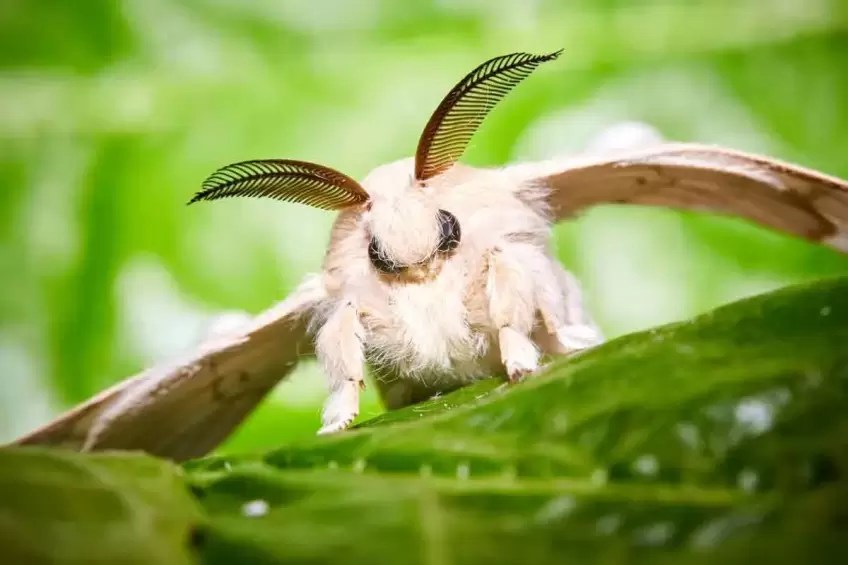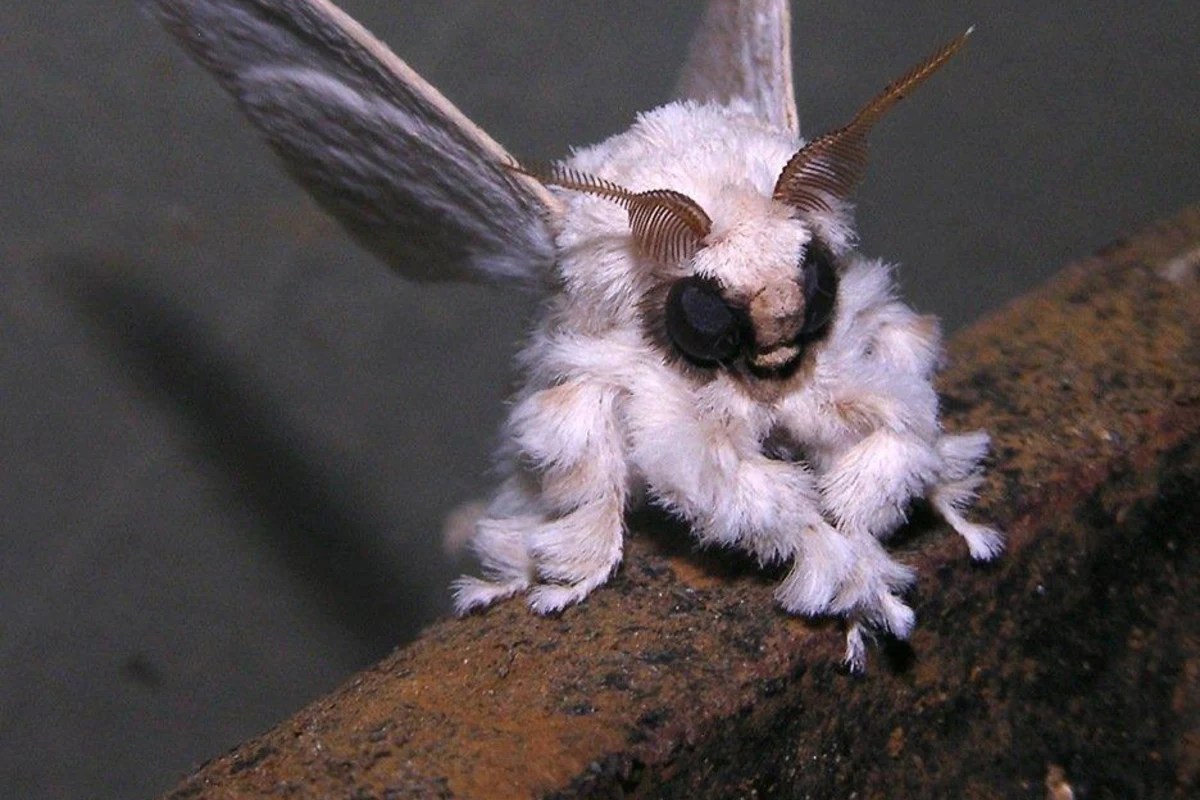The Fascinating World Of The Poodle Moth
The poodle moth, an extraordinary creature, has captivated the attention of nature enthusiasts and scientists alike. With its unique appearance and enigmatic behavior, this moth stands out among its peers. First discovered in the high-altitude regions of Bolivia, the poodle moth has been described as a cross between a poodle and a moth, thanks to its fluffy, curly hair that resembles a poodle’s fur. As we delve deeper into the characteristics and habitats of this remarkable insect, it will become evident why the poodle moth is often considered one of nature's wonders.
Despite being a relatively new addition to the world of entomology, the poodle moth has sparked interest and debate among researchers. Many questions arise regarding its evolutionary traits, survival tactics, and ecological significance. What makes this moth so unique, and how does it fit into its ecosystem? Join us on this journey to uncover the mysteries surrounding the poodle moth, exploring its place in the animal kingdom.
As we explore the various aspects of the poodle moth, we will also address some common misconceptions and curiosities about this intriguing species. From its physical attributes to its life cycle, there is much to learn about this furry moth that continues to evoke wonder and admiration. Let’s take a closer look at the poodle moth and what makes it a standout among the diverse world of insects.
What is the Poodle Moth?
The poodle moth, scientifically known as *Mopaliodes* species, is a fascinating insect belonging to the family of moths. Its unique appearance captures attention with a body covered in dense, fluffy hair, reminiscent of a poodle’s fur coat. This feature not only makes it visually compelling but may also serve a purpose in its survival. The poodle moth is primarily found in the mountainous regions of Bolivia, where it thrives in the cool, moist climate.
Where Does the Poodle Moth Live?
Poodle moths inhabit high-altitude areas, often residing in grasslands and shrublands where they can camouflage against their surroundings. They are typically found at elevations ranging from 4,000 to 4,500 meters above sea level. Their unique habitat allows them to evade predators and adapt to the cooler temperatures of these regions. Understanding the geographical distribution of the poodle moth is crucial for conservation efforts and studying its ecological role.
What Does the Poodle Moth Eat?
The diet of the poodle moth primarily consists of nectar from various flowering plants. Like many moths, they are attracted to lights and flowers, especially during the night. Their long proboscis allows them to reach deep into flowers for nectar, providing them with essential nutrients. This feeding behavior plays a vital role in pollination, contributing to the health of their ecosystem.
What Makes the Poodle Moth Unique?
The poodle moth’s most distinctive feature is, of course, its fluffy exterior. This unique adaptation may serve multiple purposes, including insulation against cold temperatures and camouflage against predators. The soft, curly hairs create an illusion that helps the moth blend into its environment, making it harder for birds and other predators to spot it. This fascinating adaptation highlights the intricate relationship between an organism and its habitat.
Is the Poodle Moth Endangered?
Currently, there is limited data regarding the conservation status of the poodle moth. However, as with many species inhabiting specialized environments, they may be vulnerable to habitat loss and climate change. Increased human activity in these regions could potentially threaten their populations. It is essential to conduct further research and implement conservation strategies to protect this remarkable species and its habitat.
How Does the Poodle Moth Reproduce?
The reproductive habits of the poodle moth remain largely unstudied, but like many moths, they are believed to have a typical mating process. Females likely lay eggs on or near the plants that serve as food sources for their larvae. Once hatched, the caterpillars will feed on these plants until they are ready to pupate. The life cycle of the poodle moth, like that of other moths, includes distinct stages: egg, larva (caterpillar), pupa, and adult.
What Are Common Misconceptions About the Poodle Moth?
Many misconceptions surround the poodle moth, primarily due to its unusual appearance. Some people may confuse it with other species or even consider it a fictional creature. However, the poodle moth is very real and has been documented by scientists. Another common misconception is that its fluffy appearance makes it a dangerous insect; in reality, the poodle moth is harmless and poses no threat to humans.
Can the Poodle Moth Be Kept as a Pet?
While the idea of keeping a poodle moth as a pet may sound intriguing, it is essential to consider the needs and requirements of this unique species. Poodle moths require specific environmental conditions that can be challenging to replicate in captivity. Additionally, capturing wild specimens can disrupt their natural populations and ecosystems. Instead of keeping them as pets, it is better to appreciate them in their natural habitats.
Conclusion: The Enigma of the Poodle Moth
The poodle moth is a captivating example of nature's creativity and adaptability. Its unique features, ecological role, and mysterious behaviors make it a subject of fascination for scientists and enthusiasts alike. As we continue to explore the wonders of the natural world, the poodle moth serves as a reminder of the importance of conservation and the need to protect our planet's biodiversity. Understanding and appreciating such unique species is crucial for fostering a deeper connection with nature and ensuring their survival for future generations.
Ariana Grande's Pink Cloud: A Journey Through Her Vibrant World
Exploring The Depths Of Cross Country Education
Unveiling The Allure Of The Loverboy Hat: A Fashion Statement


